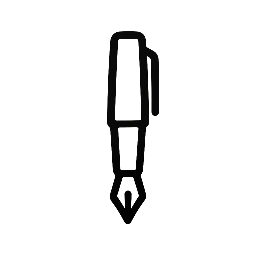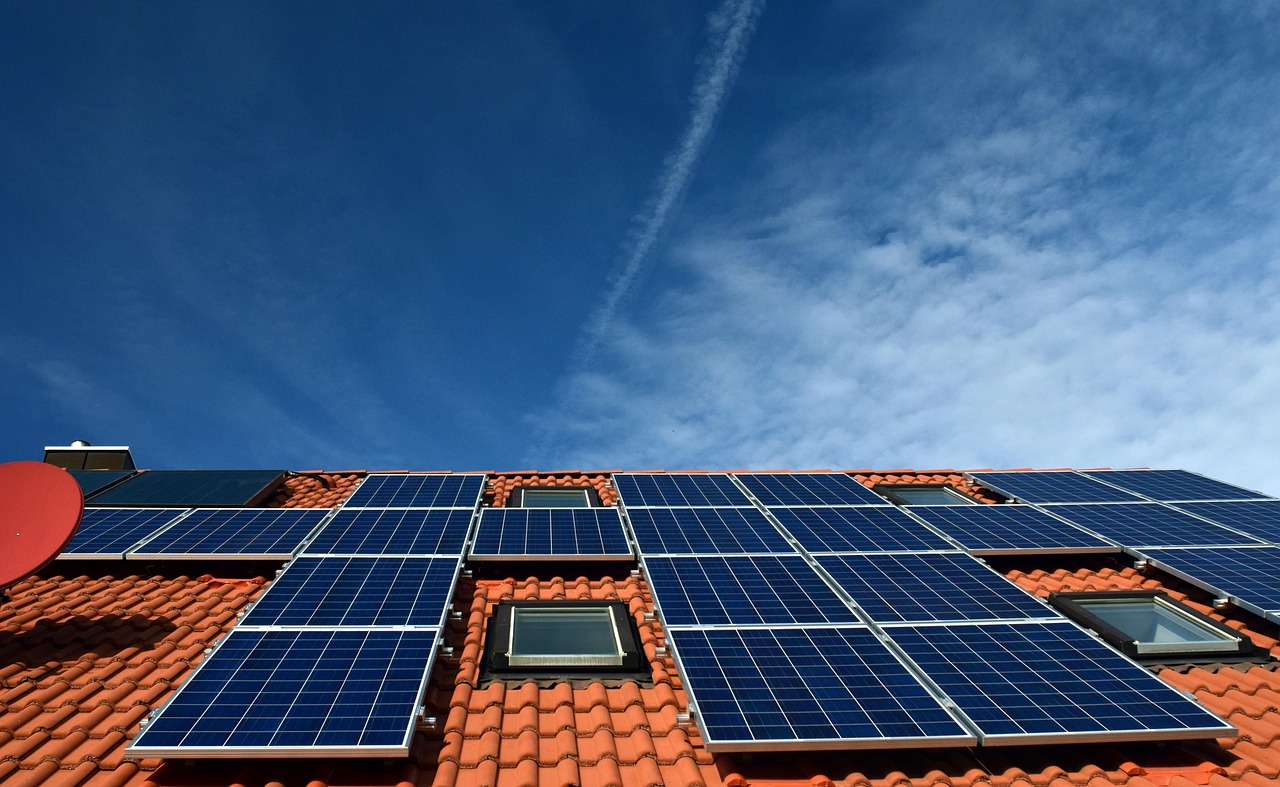Building-integrated photovoltaic (BIPV) solar modules combine solar energy generation with building materials, replacing traditional components like roofs, facades, or windows. They serve a dual purpose by producing clean energy while seamlessly integrating into the building’s design, reducing the need for separate solar panel installations.
These modules offer a way to optimize space and improve aesthetics in urban environments where roof or land area is limited. They are increasingly adopted in both new constructions and retrofits, providing energy savings without compromising architectural appeal.
Understanding how BIPV works and its benefits can help builders, architects, and property owners make informed decisions about sustainable energy solutions. This technology is a practical step toward greener buildings and energy independence.
Core Principles of BIPV Solar Modules
BIPV solar modules integrate photovoltaic materials directly into building components, serving both as power generators and structural elements. Their design emphasizes efficiency, material compatibility, and multifunctionality to blend with architectural needs.
How BIPV Solar Modules Work
BIPV solar modules convert sunlight into electricity while functioning as part of a building’s facade or structure. They replace conventional materials like roof tiles, windows, or curtain walls, embedding solar cells within these elements.
Electrical connections are integrated discreetly to maintain the building’s aesthetic and structural integrity. The modules generate direct current (DC), which is typically converted to alternating current (AC) through inverters for building use or grid export.
The system’s efficiency depends on orientation, shading, and the type of solar cell used. BIPV design also considers thermal management to avoid excessive heat, which can reduce performance.
Types of BIPV Technologies
The main BIPV technologies differ by their solar cell composition and application method:
- Crystalline Silicon Modules: High efficiency and durability, commonly used in roofs and facades.
- Thin-Film Solar Cells: Flexible and lightweight, suitable for curved surfaces and semi-transparent windows.
- Building-Integrated Photovoltaic Glass (BIPV Glass): Semi-transparent modules used as windows or skylights, balancing light transmission and power output.
Each type has distinct advantages but requires specific installation techniques and material compatibility. The choice depends on factors like structural design, cost, and desired transparency.
Key Advantages of BIPV Solutions
BIPV modules reduce the need for separate roofing or cladding materials by integrating solar cells into existing building parts. This dual function lowers overall construction costs and saves space.
They improve building energy autonomy by generating on-site electricity, cutting reliance on external power sources. Additionally, BIPV products often offer enhanced aesthetic appeal compared to added solar panels.
Other benefits include improved thermal insulation and reduced building carbon footprint due to clean energy production. Their adaptability suits both new constructions and retrofits, increasing their market relevance.
Applications and Implementation of BIPV Solar Modules
BIPV solar modules serve both functional and aesthetic roles, providing energy generation while replacing conventional building materials. They are adaptable to different construction types and can significantly reduce a building’s carbon footprint without compromising design.
Integration in Residential Buildings
BIPV modules are increasingly used in rooftops, façades, and skylights of homes to generate electricity seamlessly. Their ability to match architectural styles makes them suitable for upgrades or new builds.
Installation often involves glass-glass or glass-film modules embedded in windows or curtain walls, enabling energy production without obstructing natural light. Homeowners benefit from lower utility bills and increased property value.
The modules also contribute to building insulation, enhancing thermal performance. In climates with high solar exposure, BIPV systems can offset substantial portions of residential electricity consumption.
Commercial and Industrial Use Cases
In commercial buildings, BIPV modules replace conventional cladding and roofing materials on office towers, shopping centers, and warehouses. They support corporate sustainability goals and reduce operational energy costs.
Sites with large roof surfaces implement BIPV alongside traditional solar arrays for optimized power output. Industrial facilities integrate BIPV to supply part of their electricity demand while complying with green building certifications.
BIPV can be customized according to structural needs and aesthetic requirements. This flexibility enables companies to maintain brand visuals while improving energy efficiency.
Design Considerations for BIPV
Designers must evaluate solar orientation, shading, and local climate to maximize energy production. Structural support must accommodate the weight and mounting system of BIPV elements.
Material choices affect durability, transparency, and thermal performance. For example, crystalline silicon modules offer higher efficiency, while thin-film options provide better integration with curved surfaces.
Electrical connections and system maintenance access should be planned early to avoid operational issues. Coordination between architects, engineers, and solar installers is essential for a successful project.


Leave a Reply